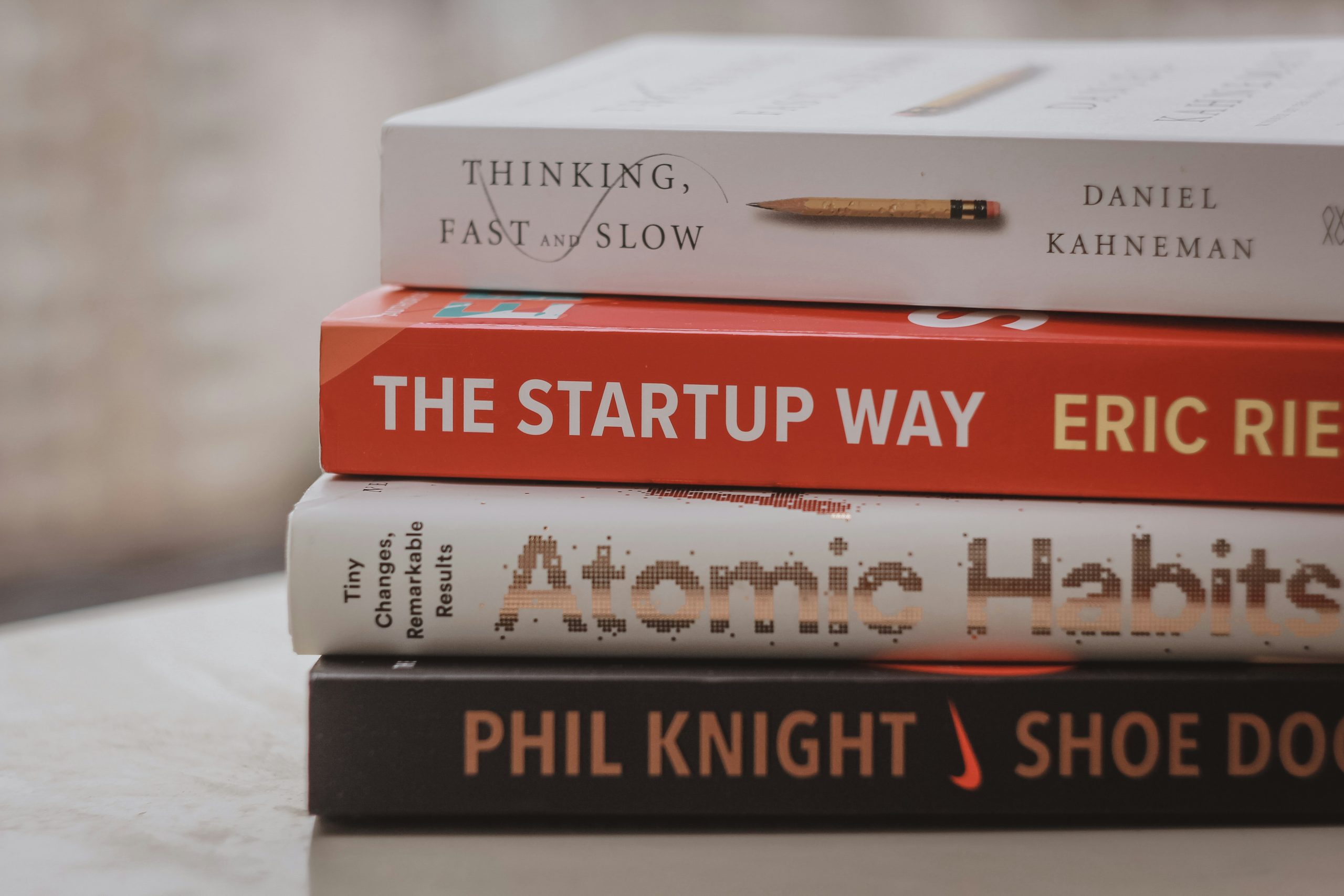Words by Anushka Kar
Whether it’s in Pride and Prejudice, Sense and Sensibility or any of her other novels, you can always rely on Jane Austen to advocate marriage, love, and the intermingling of the two in a taboo-esque manner of the nineteenth century. For Austen, marriage could not simply be an economic ordeal; it had to have that mutual attraction in order for it to survive. Love has its hardship, but ends in some blissful sphere. Everyone is happy.
Yet, while Austen’s work consists of some degree of realism, there is no denying it’s still more of a fantasy, rather than a reflection on society: that blissful bubble we all desire isn’t as inevitable as one might hope. And it’s this that is reflected in more modern literature. From the late nineteenth century, we begin to see what simmers beneath the surface ÔÇô the perils of womanhood founded, masculinity confronted, and social constructs degenerated. Tragedy replaces love on the bookshelf. Now stands Gilman’s The Yellow Wallpaper and Chopin’s The Awakening. Here, the confinement of both the literal and figurative representations of the marital home drive its women into psychosis and depression; emancipation is not a want but a need. Perhaps it’s a social commentary or perhaps it is simply a better story. Character building, if you will.
As time rolls into the Twentieth century, women’s rights are granted and literature continues to depict the necessity of the individual woman over partnership – still seen through the economic eye. This concept in reality, however, is still ridiculed – we see this in Tennessee Williams’s 1947 play, A Streetcar Named Desire where we find the cliched (but very much true) term ÔÇÿToxic Masculinity.’ The female protagonist, Blanche suffers the loss of her husband, fortune and her own reputation. Gradually, she falls into a fragile state of mind that is used against her by men, and she is rendered insane. Her sister, on the other hand, submits to society’s expectations of her; although her marriage stems from love, it blinds her to the abuse and manipulation she faces from her husband. Divorce is not an option for her; she cannot be likened to the widow that is Blanche and must represent what her sister will never be: the perfect wife. While Williams’s work is perhaps an exaggeration of the tragedy we find in reality, it is not void of some truth for the time.
Moving into a more modern era, literature and marriage become not only about women’s emancipation under the man’s eye, but about new-found, complex issues. In the mid to late 1900s, a ÔÇÿgolden age’ is described where love sets the tone for most marriages. At a time where divorce becomes more accessible to women, and love becomes a necessity, infidelity becomes more consequential. It is not only marriage and status at stake, but the humanised self in an ÔÇÿemotional revolution’. In an era where sexual fulfilment is fundamental to an individual’s contentment and the success of a marriage, the reader is introduced to the consequences of its dissatisfaction, negligence and repression. Such plots can be found in Ian McEwan’s On Chesil Beach, set in the 1960s, wherein a couple face anxieties over their own sexual understandings, and ultimately each other’s. Despite falling deeply in love, sexual matters remain unspoken and are a fragile subject, shattered on their wedding night – the demise of their marriage has boiled over.
As we enter Twenty-First century literature, such matters are explored further, and literature continues to progressively deal with infidelity – as I have mentioned moments ago – and the confidence to consider sexual fulfilment outside of a marriage. Yes, we do obviously come across these story lines before the twenty first century, like in Lady Chatterley’s Love r– a rendition of which has just come to our screens. If you haven’t read Lawrence’s novel, then you must have at least come across the film adaptation by now. Needless to say, it’s an anomaly in the piles of early Twentieth century books; there is a happy ending, and it is in fact outside of a marriage. Infidelity not only works out in the end but is actually somewhat encouraged by the husband – for the primary want of a child, yes, but it allows the woman to emancipate herself from a life that gradually becomes void of love, sexuality and general affection. Now, we see the concept experimented with more: in Salley Rooney’s Conversations with Friends, infidelity incites guilt within relationships, but is eventually accepted. Not only this, but the novel deconstructs monogamy and plays with ideas surrounding open relationships. In a world that is now (arguably) comfortable with the uncomfortable, it is not surprising how relationships are viewed, and how marriage is a lost tradition for some. I don’t mean this in the negative sense at all – more that society has suddenly bloomed with progressive thought; everything seems to be more fast paced, and variety of thought is great – and it’s reflected in literature.
I would like to add, for some final thought, I’ve only considered literature that encompasses the Western World; it’s a whole different story elsewhere.


